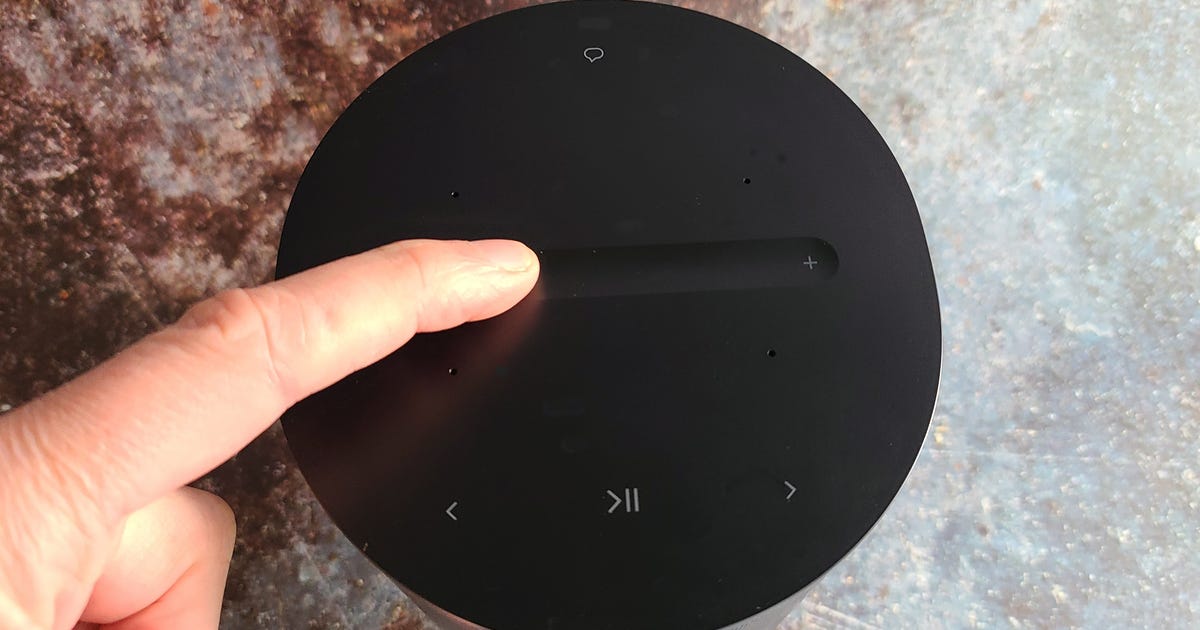You asked for it, now you got it. After a few delays I’ve updated the results from my ongoing long-term testing of five 2011 plasma TVs by adding a sixth and publishing a new round of numbers.
One of the models tested has now accumulated nearly 3,000 hours of “on” time, equivalent to about a year and a half of normal TV watching, and a couple of others are also well into their second simulated year. New for this round I’ve also included measurements of the LG 50PZ950, the only 2011 LG plasma I’ve reviewed.
Over that time the key picture quality characteristics of the TVs, namely black level, white level, and color temperature, have shown additional movement but I still haven’t seen anything I’d consider a deal-breaking issue. I did see one unexpected change, however: the latest black level of the Panasonic TV-P55VT30 measured brighter than its previous trend (and those of its linemates) would indicate.
Before you read on, know that I aged these TVs in a controlled albeit accelerated process, leaving them on for basically six days a week. The charts below encompass about a year and a half of normal use, assuming the average daily “on” time rate of 5.2 hours. When reading the charts, keep in mind that not all of the TVs have been aged for the same amount of time. For details on my test methodology and more background, check out the original post.
Black-level changes
For the most part black levels continue to improve over the first year-and-change of lifespan, although the VT30 is an exception as of the latest measurement.
The VT30’s increase from 0.0045 ftL to 0.0068 is enough to make “black” on Panasonic’s highest-end 2011 plasma measure just slightly worse than on the company’s step-down GT30 and ST30 models. My first instinct (as always) was to double-check my picture settings and remeasure, but the results were the same.
I’m not yet ready to call foul on Panasonic’s 2011 claim that its plasma TVs’ black levels no longer worsen over time until I see a steady increase that puts that level of “black” significantly higher (worse) than the initial measurement of 0.0062. As a point of comparison, I have also been aging the Panasonic TC-P50VT25, one of the 2010 models the company designed to lighten black levels over time. After 4,194 hours it measures 0.0099 after an initial measurement of 0.004.
For a little more perspective, it’s worth remembering that a difference of two thousandths of a footlambert is pretty tough to discern. In a side-by-side comparison in the VT30 review I said: “The difference in absolute depth of black was quite subtle between the VT30 (0.0061 fL) and the Samsung [PND8000] (0.0071), not to mention the GT30 (0.0082)…”
Notably, the other two Panasonics didn’t show the same kind of mini spike in black level. If I was to speculate on why the VT30 did, I’d guess it had something to do with an intentional internal adjustment–perhaps intended to correct a reddening of color temperature (see below) that also hurt black level slightly.
The Samsungs held steady after their initial spikes. Those spikes, as I mentioned in my original report, can be corrected with calibration. The LG PZ950 showed the most significant black-level worsening of any plasma in the test–from 0.0217 to 0.0399–but I doubt too many people will care since it doesn’t really compete with the others in black level anyway. I didn’t include the LG on the chart above because it would have ruined the scale.
White-level changes
Aside from the LG, which brightens as it ages so far, all of the plasmas leveled off or increased slightly after falling during the first 1,500 hours.
I expect the Samsung D7000 to follow the same rebound path as the D8000. Otherwise there’s nothing major to report here, and in the real world these glacial changes of a few footlamberts in the brightest material will be invisible. As a side note, the ST30’s initial measurement is so much lower than the others because of decisions we made during calibration; like all of these displays it’s capable of getting brighter than the calibrated light output numbers tracked here.
Color temperature changes
With the exception of the venerable ST30, which appears to have leveled off, all of the plasmas have “corrected” the trend toward a redder (lower) color cast to greater or lesser extents.
Both the VT30 and D7000 are nearly at their original color points of close to 6,500K (the ideal) as of my latest measurement. As I mentioned above, the VT30 might be programmed to correct itself over time, at least in THX mode, which is reassuring since it lacks the kind of excellent color controls found on the Samsung and LG models. For the record I consider its improved color a worthwhile trade-off for the slight loss in black-level performance.
The corrections on the GT30 and D8000 are more gradual and would be difficult to discern for most viewers. Both the GT30 and ST30 are still quite red; for reference, I consider any color temperature of 6,300 or lower Poor in the Geek Box.
Random notes
-
Before you ask any questions in comments, please read the original post. It has a lot more detail on testing, etc., that I don’t want to repeat here.
-
There’s a significant gap between August and December where I continued to age the TVs for another 700-900 hours, but didn’t report any measurements. That’s because the Konica/Minolta CS-2000 meter I use to take these measurements underwent a calibration that turned out to be unusually lengthy. Once I realized I couldn’t make the scheduled measurement, I stopped the aging process.
-
In case you’re wondering, prior to calibration the meter was still exceedingly accurate. I had KM supply me with “before” and “after” calibration numbers and they were nearly identical. I have the meter calibrated every year and it usually doesn’t take two months; the company didn’t give me a reason for the delay.
-
Speaking of numbers, I’ve also updated the spreadsheet upon which the charts are based, complete with exact hour counts and luminance/color measurements.
-
Neither of the Samsungs I’ve aged have shown any sign of the peeling issue. Samsung has said it will repair any peeling TV. None of the Panasonics, for their part, show the “green blobs” I’ve also heard reports about.
-
The Panasonic TC-PGT30, however, did start showing a defect that, if it happened to my TV, I’d demand the company repair. A small swath along the right side of the bottom edge is discolored, showing primarily pink or blue that changes shape and color with the program material, but never really disappears and is unaffected by changes in aspect ratio. As with most such issues it’s impossible for me to say whether this defect is endemic or an isolated case–my accelerated aging schedule might also have played a role.
-
I will continue to age and test these TVs for as long as is practical, and plan to make at least one more update. That said, these tests take time and lab space, and with the forthcoming introduction of 2012 models, they’re increasingly less relevant.
-
I’m still not sure if I’m going to do long-term tests of 2012 models and, if so, which ones I’ll test. Most comments on my original post supported the idea and wanted me to expand it to LCDs and other top-end sets. But with the accelerated (read: unrealistic) nature of the aging, limited sample size, drain on resources and relatively esoteric results, I’m not sure if it’s worth it. One other unforseen difficulty: the same review sample I subject to long-term testing has to be used for comparison testing in my actual reviews, which necessarily makes the playing field for those comparisons less level. Ideally I’d have a second sample, but I doubt that’s possible.
That’s it for now; time to slap these back up on the test bench for more aging action. As always, feel free to leave a comment, especially if you think this kind of testing is worthwhile (or not). As far as I know I’m the only reviewer doing it for TVs, and as you can tell if you read this far, there are plenty of reasons why nobody else does.




